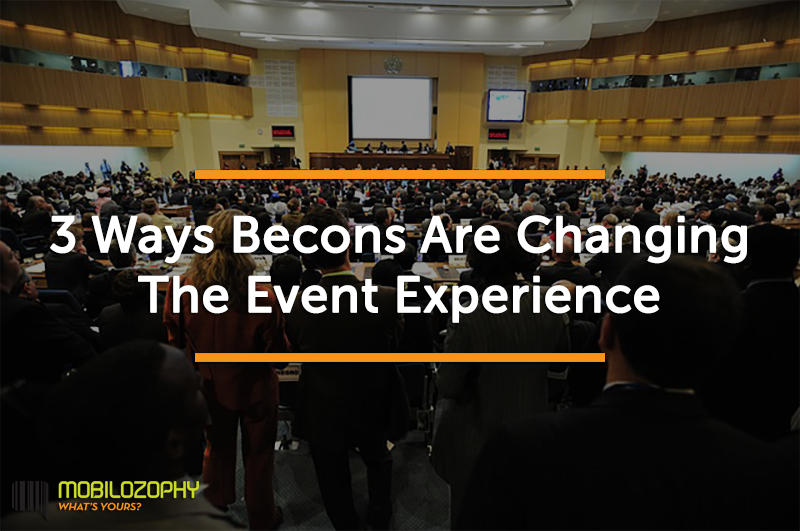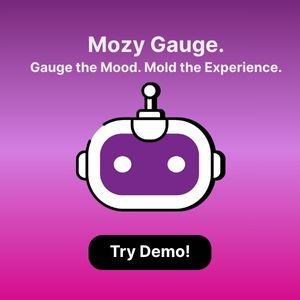


Beacon-triggered messages are the latest of IoT technologies that businesses are using to reach consumers, in real time. In the wrong situation, this type of messaging can seem burdensome, but with the right strategy, beacon based messaging is a welcomed addition. A beacon is a strategically placed device that can be found in places where a potential customer is expected to go. One great benefits of using beacon technology is that when an Internet connection fails, marketing opportunities don't. Because beacons use Bluetooth technology, spotty WiFi signals are no issue.
Here are some tips for using beacon technology to make an impact at events, such as trade shows:
Know Your Audience and Your Environment
Trade show attendees are usually open to new products and have likely downloaded the app for the event. If you're an event organizer or exhibitor at an event, consider using beacons to keep consumers informed of products they may be interested in.
Here's how it works:
When an attendee enters the proximity of beacon, it uses data (that the attendee has freely given) to display personalized and relevant messages to direct the attendee to areas or content of interest.
Attendee check-in
Streamline event registration by sending attendees registration links upon entry. Using the event's app, attendees check themselves in and avoid line-ups. As attendees arrive at the venue they receive a greeting notification on their device and are prompted to check-in.
Event Navigation
In large conference facilities where GPS and WiFi is unreliable, beacons can be used to power hyper-accurate floor or venue maps. Direct event attendees to restrooms, charging stations and other important locations via floor maps and indoor directions.
Networking
Using beacons, attendees can network through an opt-in feature in the event's app, allowing them to discover and message other attendees. With social media integration, attendees can get a detailed look at who is around them and decide who they would like to connect with.
Promotions and advertisements
Instead of distributing brochures or physical promotional products, exhibitors can send targeted promotions that attract attendees to their location.
Gamification
Integrating gamification into events will provide new ways to engage and stimulate attendees. For example, beacons could be used for social games to drive networking, venue tours tailored to indiviual interests, or scavenger hunts for exclusive information and prizes.
Utilize Existing Business Relationships, and Helps Develop New Ones
Vendors at trade shows don't necessarily compete with one another as much as they compliment one another. There may be trade showsfor outdoor sporting equipment in the vicinity of skincare products, such as lotions or sunscreens. Both trade shows target the "outdoorsy type" of person, but in different ways. Through information provided by installed applications and browsing history beacons are able to find opportunities to sell both types of products to the same customer without taking business away from either. As these connections are made, businesses can form relationships that will strengthen their customer base.
Provides Updated and Accurate Feedback
Businesses who conduct trade shows often rely of surveys and comment cards in order to get a sense of what the experience was like for their customers and potential customers. While these methods can provide a general idea of how successful the trade show was, the answers given can be motivated by other factors, such as the consumers mood or level of fatigue. They may provide answers they are "supposed to" provide, and these impressions may or may not linger past the day of the trade show.
Actions do indeed speak louder than words, and since consumers are able to stay connected and offer feedback about what is going on in the moment, it takes less energy that trying to remember details about the experience after the fact. The beacons also work by tapping into data that is voluntarily offered, such as social media posts, or browsing history. For example, if the attendee at the outdoor sporting goods show suddenly conducts searches for organic vitamins, it opens yet another door for another type of relationship.
Another example: If there are complaints about the fit of a helmet, the company will know to look into ways to improve their manufacturing process immediately, rather than waiting for the results of a time consuming study. They can also reach out to the consumer in order to rectify the situation if desired.
Beacons are transforming the way attendees interact with exhibitors, sponsors, and each other. Some of the world’s most stellar events have already seen real-world successes.
Have you seen beacons in action at your conference or tradeshow?
